Unless you’ve been under a rock for the last four decades, you’ll know how special the “R” tag is when associated with Honda. Its Type R variants have been an almost seminal touchstone when it comes to track-inspired high-revving road cars.
Whereas other performance-badged flagships may still leave a gulf of engineering between the road-going versions and their competitive counterparts, Hondas have rarely left much on the table. But there’s another “R” that you may never have heard of that is much, much rarer: the Euro R.
QUICK FACTS
Euro R? So, Was It Only Destined For Europe?
Ah, well, actually it is a JDM model. Despite the implications, the Euro R was never (officially) available in Europe. Of course, this was back when Honda offered distinctly different Accords to different markets, with Japan, the US, and Europe all getting their own versions.
Classic Review: 1976 Toyota Celica Restomod Will Make You Fall In Love With JDM Again
The Euro R badge was only bestowed upon two generations of the Japan-only Accord/Torneo and nothing else. This, the first generation CL1 Euro R is arguably the more sought after, with its successor, the CL7, getting a bit fatter and less honed.
Why “Euro?” Some say it’s a nod to Honda Europe, who motivated their Japanese counterparts to come up with something spicy after introducing the Swindon-built Accord Type R CH1 in 1998.
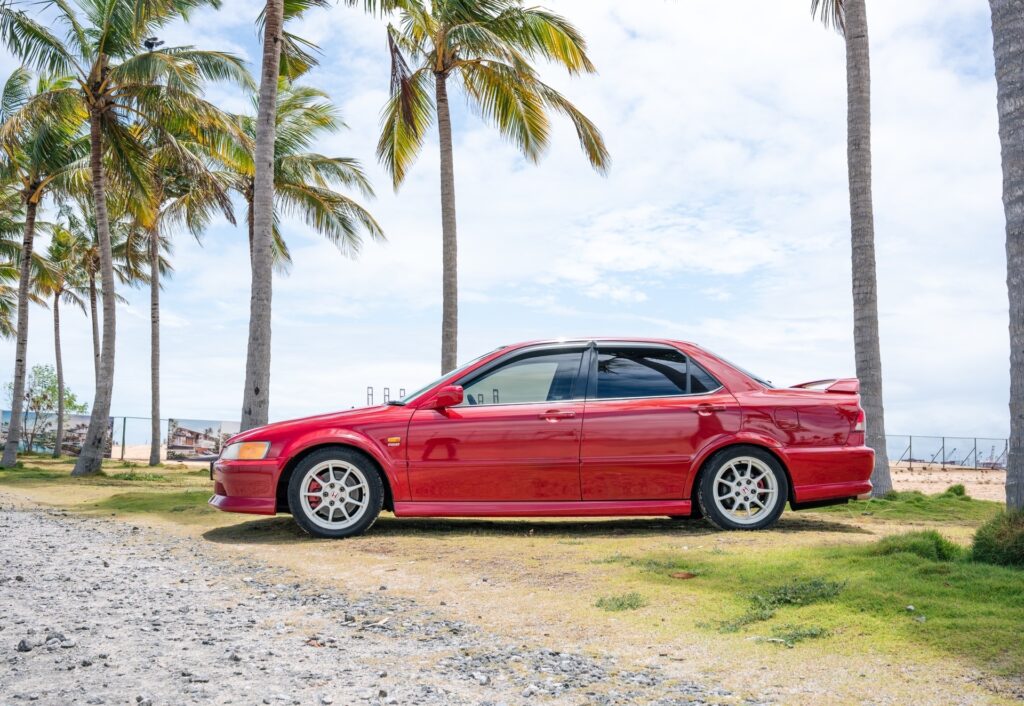
Is It A Type R In Disguise?
The CL1 (as featured here) and the later CL7 Euro Rs didn’t feature the iconic “Red H” badges because, remember, they weren’t Type Rs. But sinking into the surprisingly comfortable Recaro buckets of the CL1, it’s clear that the engineers borrowed an awful lot from the Type R playbook.
There’s a short-throw weighted gear shift that feels oh-so-satisfying. There’s a smallish-diameter three-spoke Momo steering wheel – perhaps not as small as one would have liked, but befitting of a car that still needs to do the daily run. Perhaps most importantly, you’ll find a bank of white-faced gauges, the left-most dial with an encouragingly high redline of 7,000 rpm.
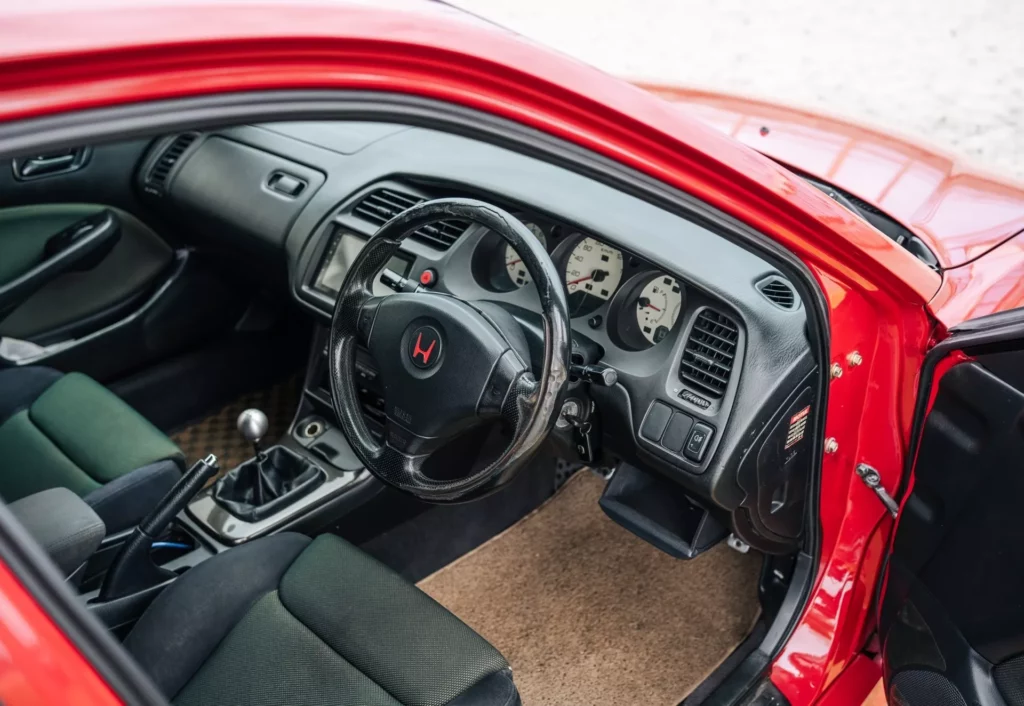
The Milano Red example we have here sets pulses racing when standing still, but in a more tame color, the uninitiated probably wouldn’t bat an eyelid. You got 17-inch lightweight alloys and low profile tires as standard with the Euro R, as well as more aggressive front and rear bumpers and some subtle fender flares. But remember, this was produced during a time when Mitsubishi and Subaru were trying to out-wing each other with their rally-bred sedans. While those two went down the route of being as loud and as brash as possible, the CL1 Euro R really is a restrained, almost Q-car-like approach.
It Just Sounds Like A Type R With A Different Badge
The similarities are quite apparent, I’ll admit. It shares many of its components with the British-built CH1 Accord Type R, including its 2.2 liter DOHC VTEC inline-four codenamed the H22. But the Euro R actually had more power than the Type R: 220 hp vs 212 hp.
If you’ve ever driven an old-school Type R, you’ll know that the steering, suspension geometry, and overall chassis have been set up to razor sharp at all times. It’s great for a blast along a well-surfaced B road or, indeed, hot laps around your track of choice. It’s the same story with the weight saving measures. The Type R division would famously go to the extent of removing sound deadening from their cars in the quest to save pounds. The Euro R retains the luxury of being able to have an hushed conversation at triple digit speeds.
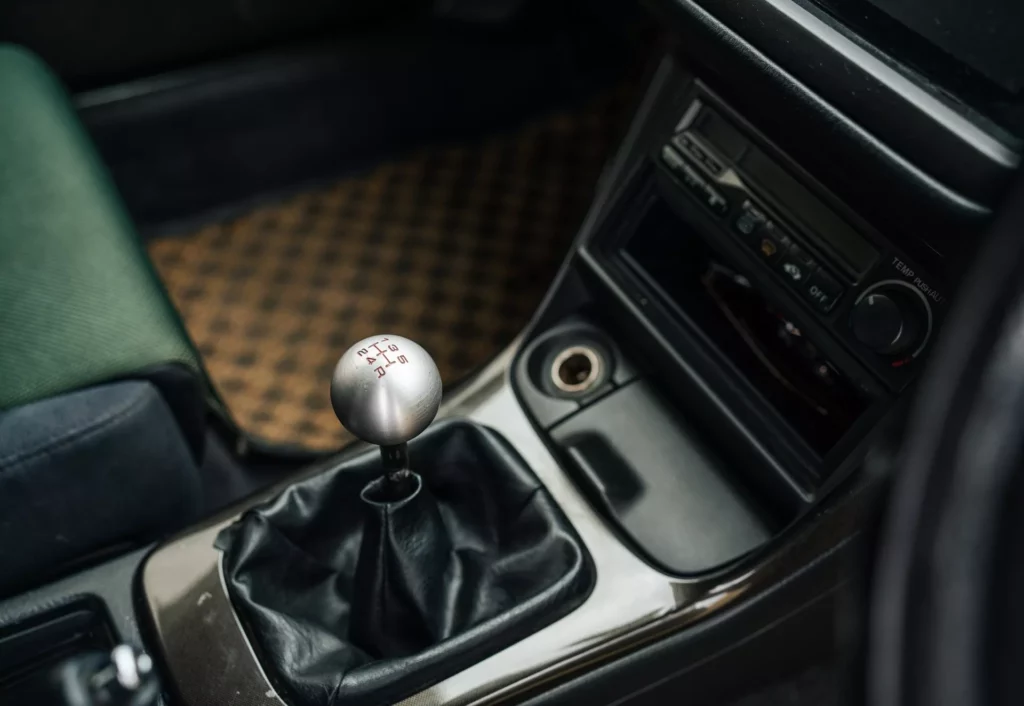
JDM Drive: Why This Little-Known Toyota Sedan Is A Four-Door Supra
The Euro R is a more forgiving beast, its suspension more supple, as if it knows its place as a four-door sedan. This was the odd-ball alternative to the Evos and Imprezas – and it makes sense that it would take a different approach to the art of being a fast family car. The Euro R even has user-adjustable electric power steering. Installed far before the argument of how uncommunicative such setups can be, rather than being speed-dependent, you could twist a knob to add some artificial weight to the wheel or keep it on city-car-light-mode. So far, so very Jekyll and Hyde.
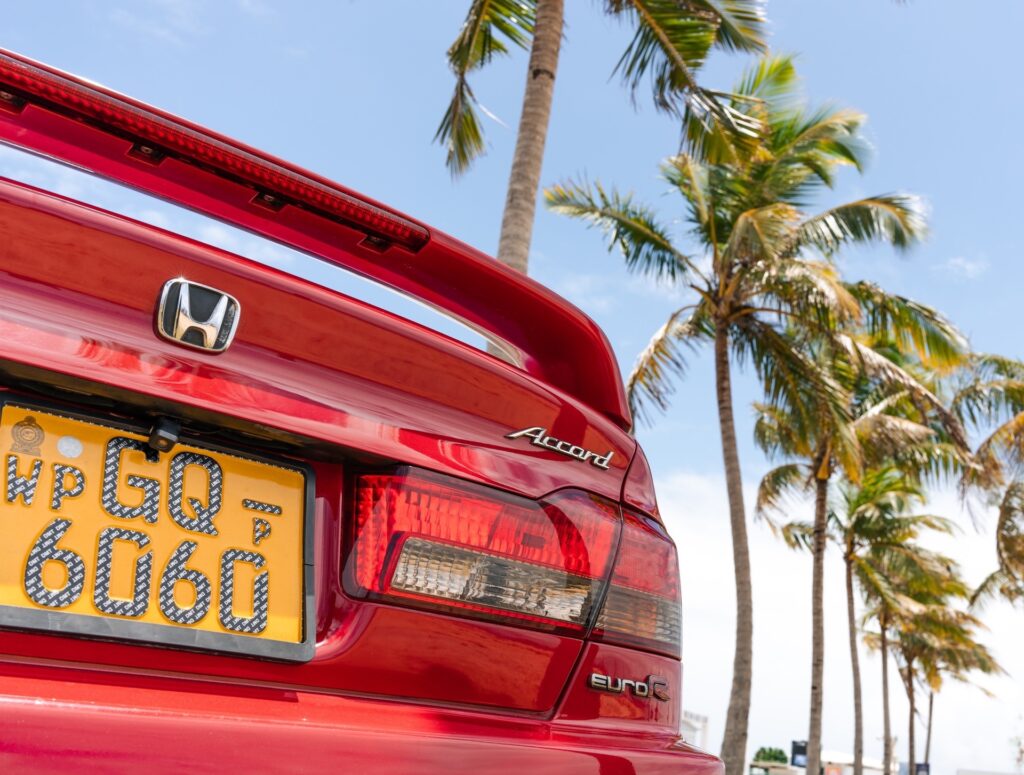
A Dual Personality
The motor, too, isn’t exactly what you’d expect. Leaving aside their more recent affair with forced induction, Honda’s typical Type-R engines — the B16s and K20s for those in the know — are renowned for their buzzy power, which is usually confined to the upper quarter of the tachometer.
The H22 under the hood of the Euro R, however, isn’t quite that. It still features the addictive VTEC “on-off” duality, but it’s 2.2-liter engine architecture — also seen in the Prelude that did make it stateside — gives you more low-end torque. As you mature as an automotive enthusiast, you realize just how important accessible torque is. The H22A’s 163 lb-ft sounds measly in today’s context, but if it’s an apples to apples comparison with similar NA Hondas, then the Euro R is far more liveable.
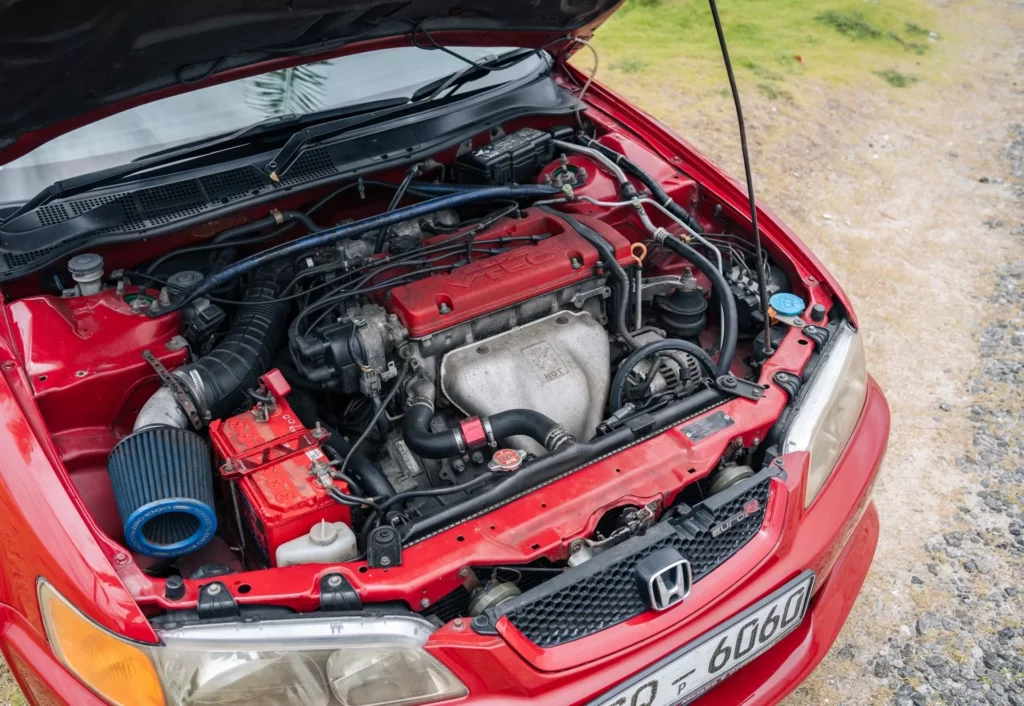
Drop the clutch and rev it out to the redline, though, and you’ll still get all the theatrics you’d want. The chassis may not be as stiff as Civic Type R, but the Euro R handles itself very well indeed. The mechanical LSD ensures that having 220 hp sent to the front wheels doesn’t handicap yourself, while the car hunkers down without giving too much away over undulated surfaces.
Why I’d Choose It Over An EVO Or Impreza
To be honest, there’s no comparison. They may all be fast Japanese four-door sedans, but they go about it very differently. You’ll never get the same grip levels out of the Accord, nor the joys of forced induction. But like so many special Hondas before and after, the Euro R finds its peace by doing things just a little bit differently.
JDM Drive: The Honda S660 Is The Miniature NSX The World Was Deprived Of
It’s a car for those who value driving a precision instrument that has been well-tuned to deliver a rewarding experience. It’s for those who prefer the purity of NA powerplants, in this case while hearing their four cylinders scream towards a 7,200 rpm redline.
It’s the kind of pure and unadulterated experience that I feel has been forgotten by automakers who are more interested in delivering higher HP figures and setting record lap times. And for me, while it may be a step down from the razor-edged sharpness that is your traditional Type R, it’s the kind of car I’d want to daily for myself – regardless of the situation.
Am I smitten? Yes. Is the Accord Euro R worthy of its place alongside the hallowed pantheon of Red H cars? Absolutely.

























